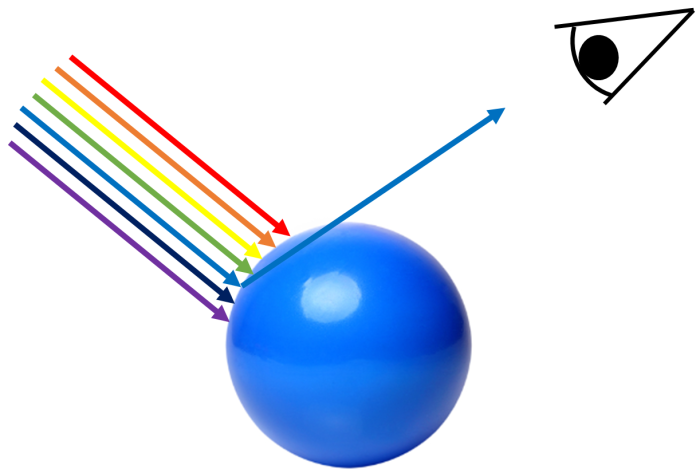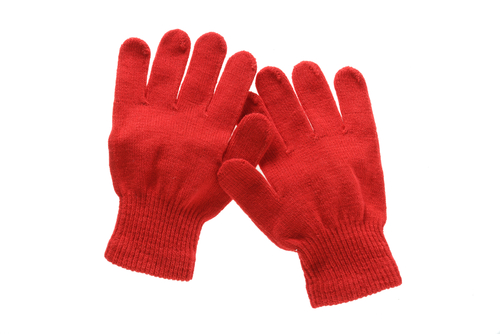In this activity, we are going to be thinking about how we see and how light is reflected.
Whenever there is a light source, there are tiny packets of energy called photons that zip around everywhere, bouncing off objects. Our eyes are like special detectors designed to catch these photons.
Let's find our what happens when light reaches your eye:

Light hits objects: Photons from the Sun or a light bulb bounce off things like your favourite trainers.
Light enters your eye: Some of those bounced photons travel through the clear front of your eye, called the cornea. This focuses the light.
Light gets focused: The focused light then travels through a coloured opening called the iris and a clear lens inside your eye. This lens bends the light even more, directing it onto a special light-sensitive layer at the back of your eye called the retina.
Light triggers vision: The retina is full of tiny light receptors called rods and cones. These capture the light and send signals to your brain. Your brain then interprets these signals and turns them into the image you see!
Now let's think a little bit about about how light reflects off all objects.

Imagine light as tiny balls of energy. When light hits an object, it can do two things:
1. Bounce back (Reflection): If the object has a smooth surface, like a polished table or a car, the light acts like a ball hitting a smooth floor. It bounces off at the same angle it hit the surface. This is why we can see a reflection of ourselves in a car window.
2. Go through (Transmission): If the object is clear or translucent, like glass or water, some of the light might pass through. This allows us to see through the object, but the light might get bent or scattered a little.
So what happens when it hits an opaque or bumpy object, like a pair of red gloves?

This is called diffuse reflection.
This is why the red gloves don't look shiny like a red apple would.

The light bounces off the rough gloves in all directions, picking up all the red wavelengths and reflecting them towards your eyes, making the gloves appear red.
Okay, lots to take in there, but we're going to be practising it today and you'll be a vision pro in no time!








